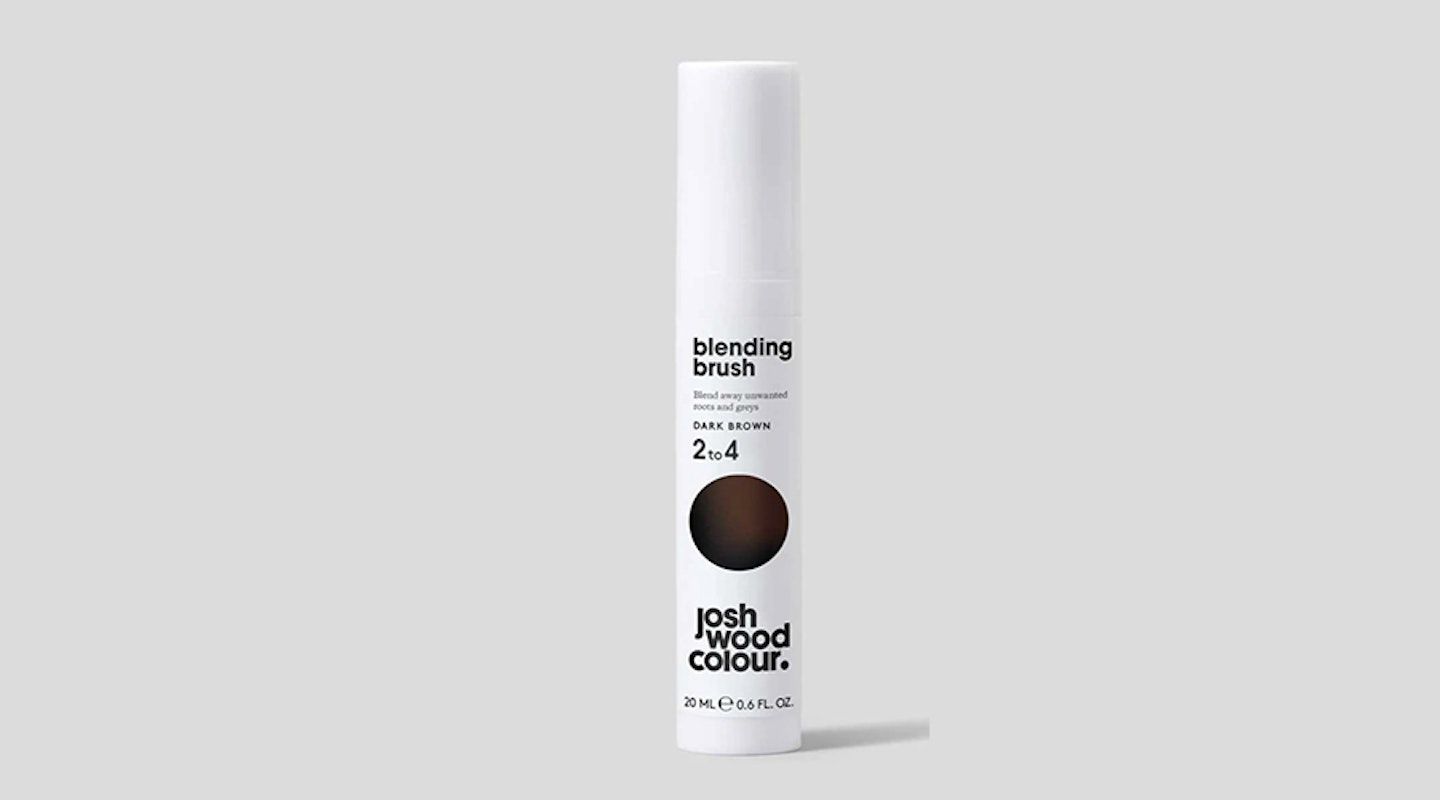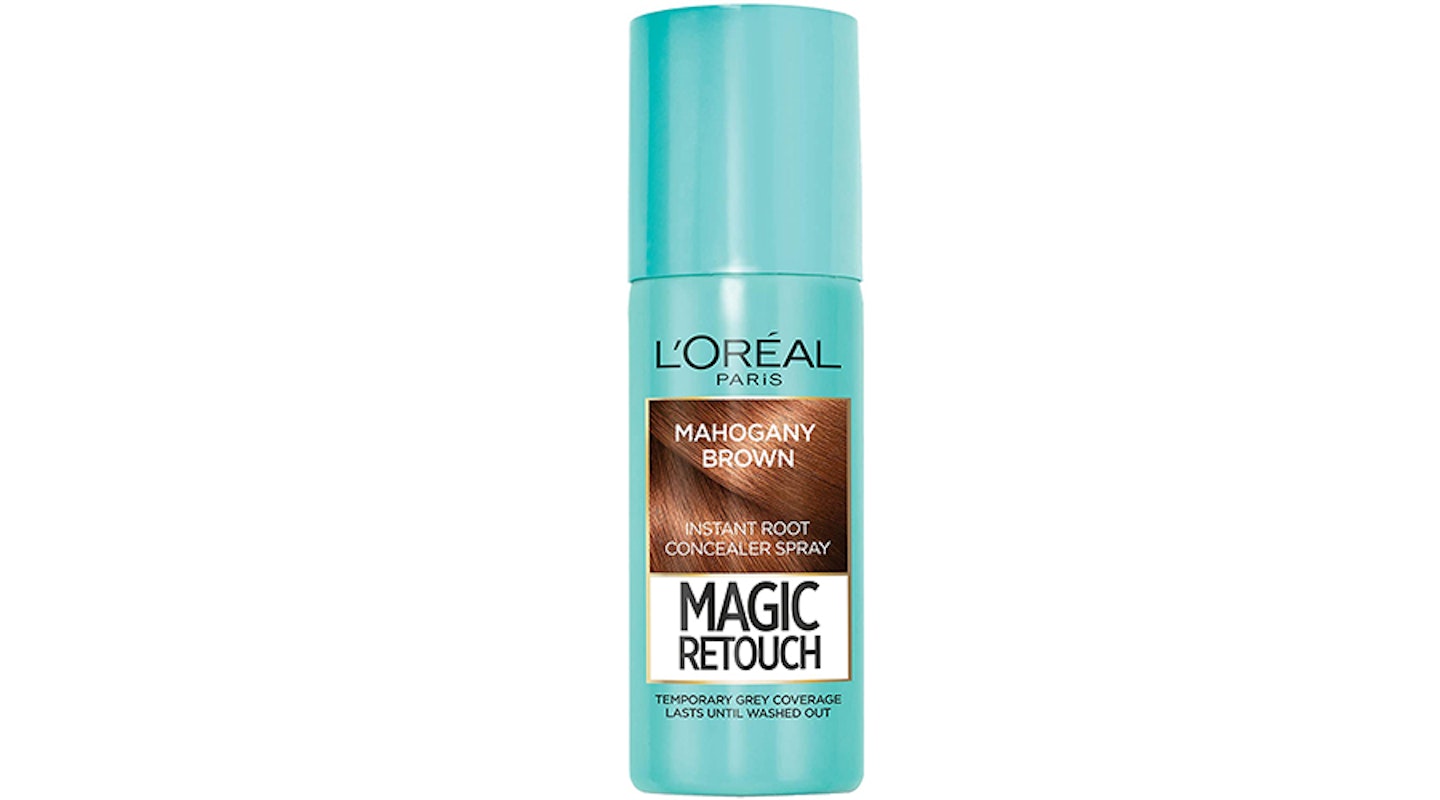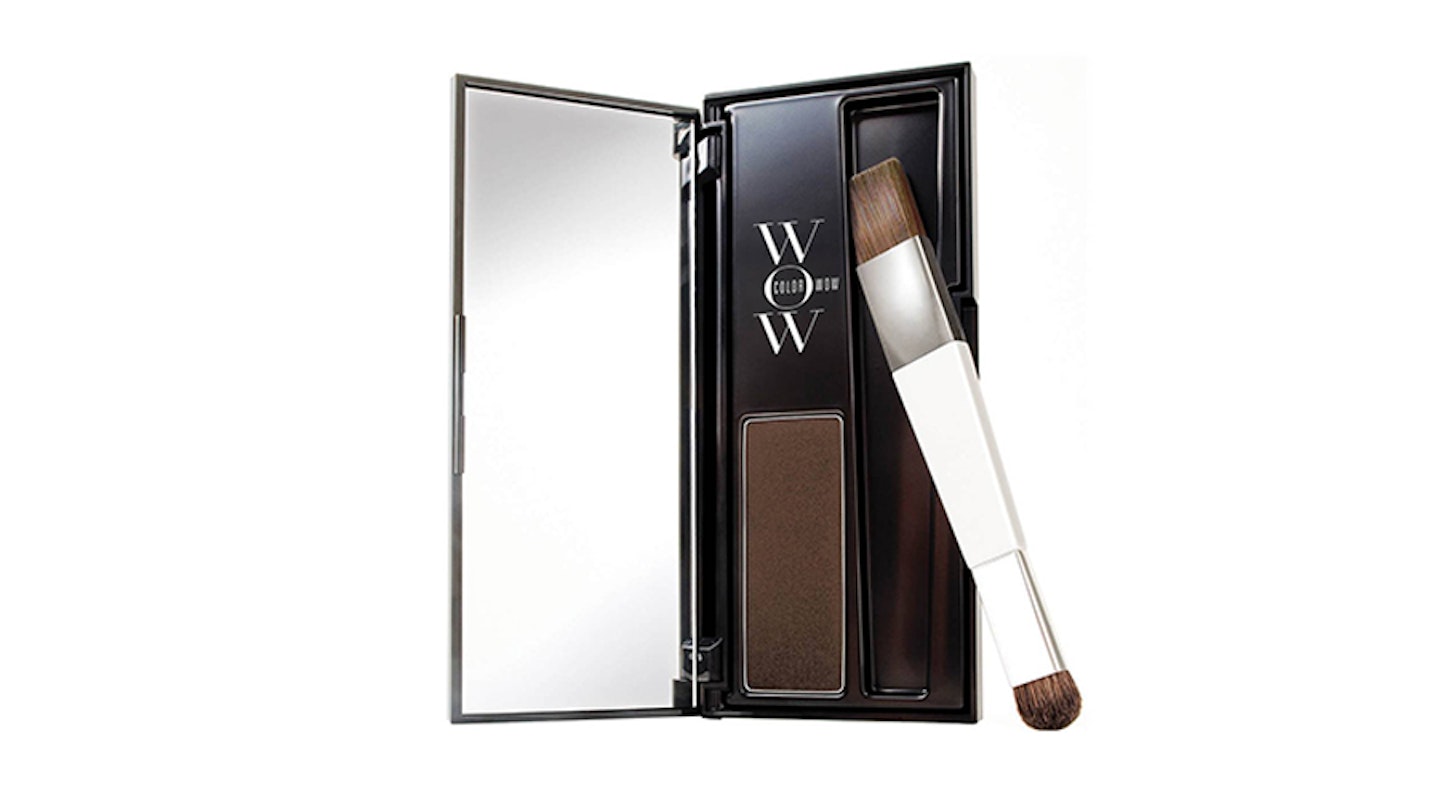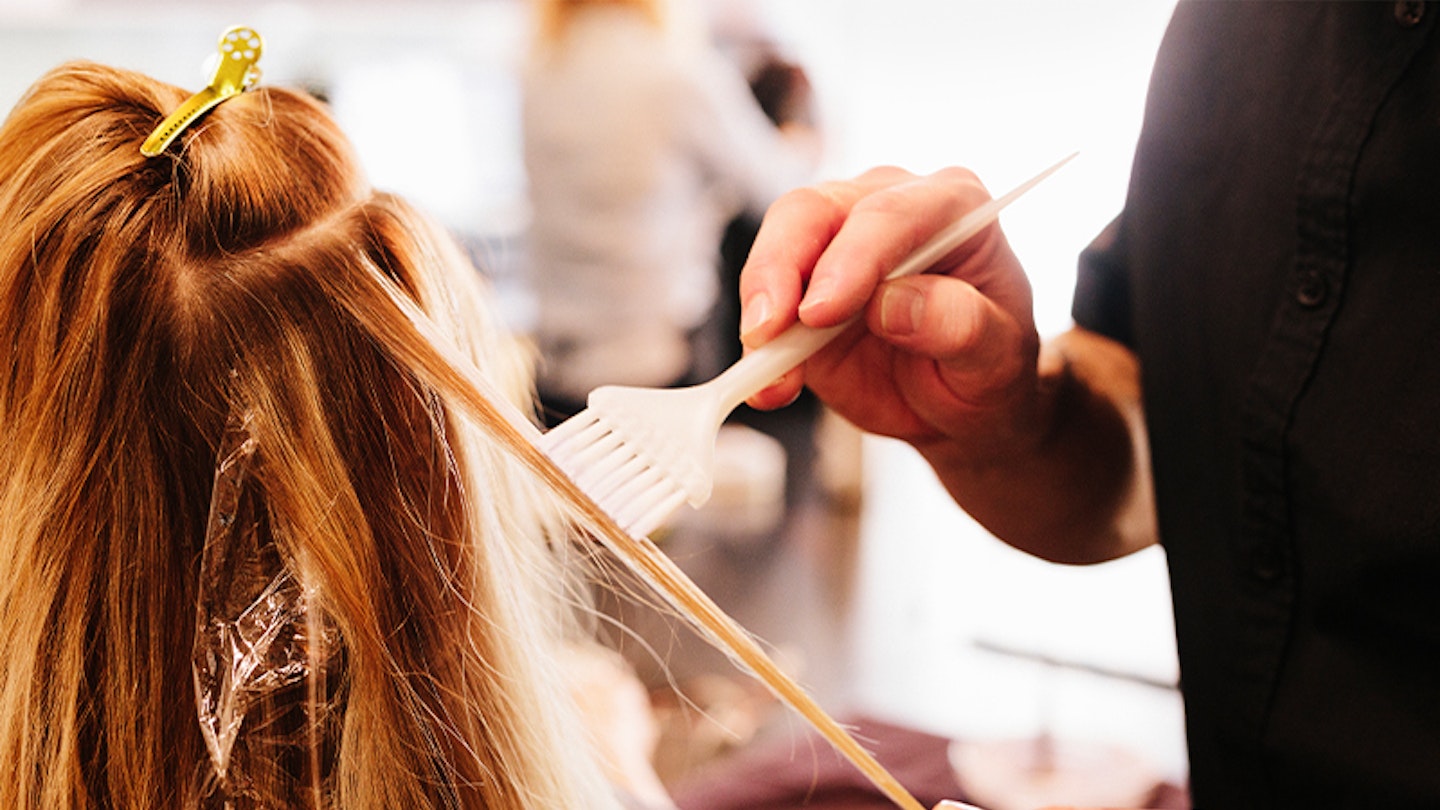There is a lot of controversy around whether or not you can dye your hair when pregnant. According to the NHS, 'the chemicals in permanent and semi-permanent hair dyes are not highly toxic. Most research, although limited, shows it's safe to colour your hair while pregnant.'
While little research has been done into the potential harm caused by dying your hair while pregnant, the risk of danger is very low as the amount of chemicals used during the dying process is typically a lot lower than needed to cause any damage.
Whether you want to give your hair a refresh or are keen to know more about the alternatives to hair dye, here’s our expert advice on whether you can still dye your hair during pregnancy.
What types of hair dyes are safe in pregnancy?
The best and safest kind of hair dye to go for are plant-based or organic dyes. These will be a lot more gentle on your skin, and are particularly ideal if you suffer from dry or irritated scalp. These might be a good alternative to switch to during your pregnancy.
You should always check the label, even on semi-permanent dyes or dyes that claim to be natural to make sure they don't contain any irritants such as ammonia, heavy metals, parabens, peroxide, paraphenylenediamine (PPD) or phthalates. As with all chemicals, it's advised they're avoided in pregnancy as very little research has been carried out around the true impact of these chemicals on pregnant women and their foetus.
If you'd rather avoid the dye altogether, there are now many colour creams, glosses, conditioners and shampoos that contain semi-permanent dye that can add some vibrancy to your hair in-between salon trips that might help your dye last longer.
Is it safe to dye your hair during pregnancy?
Michaeljohn’s technical colourist Amie Wilson suggests avoiding it for the first three months, if you’re concerned. Then consult a professional colourist instead of using home colourants.
‘Because of pregnancy hormonal changes, you can become allergic to the chemicals in the colour, even when you may not have been previously,’ says Amie. ‘While a reaction is rare, it’s important to do a patch test on your wrist every time you colour and wait at least 48 hours before colouring.’
If dark or grey roots are bothering you before the 12-week mark, Amie suggests parting your hair in a zigzag and having lighter pieces painted through the ends. ‘This way, the colour won’t touch your scalp,’ Amie says. ‘Or use a root touch-up stick.’
If you do prefer to use a home dye kit, always be sure to do it safely by wearing gloves, leaving the dye on for the minimum amount of time, opening all windows to make sure the space is well ventilated and rinsing your scalp well afterwards.
Many women also wait until after the first trimester (12 week mark) when the risk of chemical harm to your baby is lower.
Ways to reduce the risk if dying your hair
If you are pregnant but want to dye your hair, it's a good idea to take a few precautionary steps to minimise the risk.
• Wear gloves
• Leave the dye on for the minimum amount of time possible
• Opt for a semi-permanent dye
• Leave the windows open for ventilation
• Complete a patch test
• Avoid getting the dye on your scalp - if you do, wash it off thoroughly.
How to dye your hair safely during pregnancy: Do a patch test
You should also always complete a patch test to make sure you don't have a nasty reaction to the dye. This is the case whether you are dying your hair or your eyebrows.
- Start by mixing a small amount of the dye together and swabbing a small amount somewhere on your body like the inside of your arm.
- Leave the dye on your skin for as long as it would normally be on your skin for. If you're dying your hair, you should leave the dye on your skin for the time you usually sit with dye on your hair.
- After this time, wipe the dye off and keep a good eye on that area of skin for the next 48 hours, looking out for any breakouts, rashes or irritation. If there's no reaction, you're safe to use the dye.
Can you dye your hair while breastfeeding?
Again, there has been very little research done into the use of hair dye while breastfeeding, however, it's thought to be safe as very few chemicals if any pass through to your bloodstream and into your breastmilk.
According to the NHS, 'In the past, many women have used hair treatments while breastfeeding with no known negative results.'
How can I disguise my roots without dying my hair?
If you're looking for a pregnancy safe beauty product for your hair, then we've rounded up some of our faves to get you through until you feel more comfortable using dye.

joshwoodcolour.com
Description
This blending brush from Josh Wood couldn't be easier to use. Simply remove the lid and use like a paint brush to cover over your roots. It lasts up to three washes and is also vegan.

Description
At £4.55, this root touch up spray is significantly cheaper than getting your whole head of hair dyed. It's available in 10 shades and has over 16,000 reviews, with more than half of them rating it a five star product.

www.lookfantastic.com
Description
This root cover up palette comes with a handy double ended brush, which has different sized heads so that you can target big grey areas and those more precise patches.
